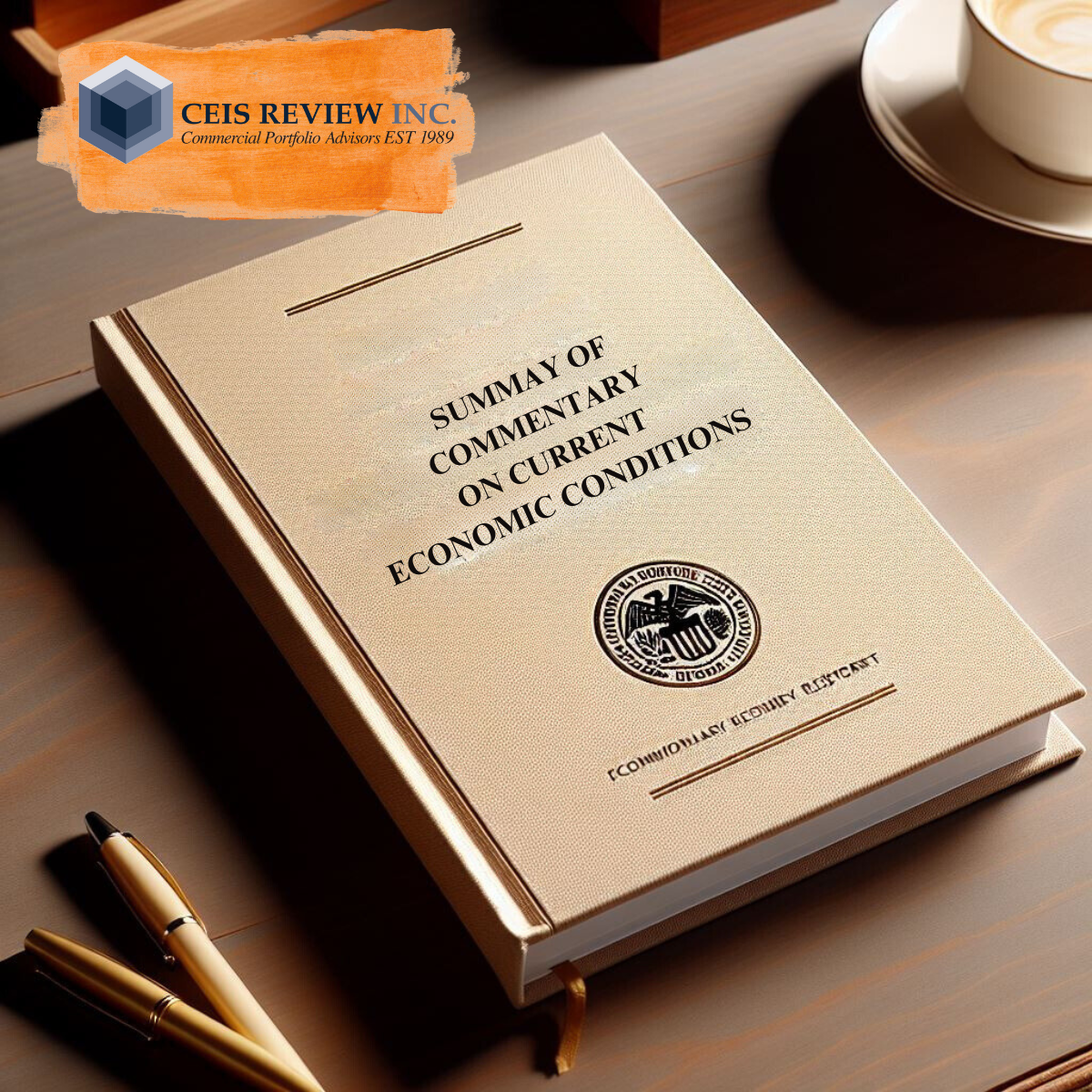Community banks and credit unions often find themselves in a conflicting crunch. On the one hand, they want to be conservative with their risks and adhere to regulations; on the other hand, there is always the drive to be profitable for shareholders with a potential for growth. With the mandate to follow ever increasing regulatory oversight, the costs for doing so inherently grow as well. As we witnessed with the not so distant crisis, banks that were lax with their credit standards while booking unprecedented new business ultimately paid the cost. Some were closed by regulators or forced into a sale; and, at some banks, upper management and/or the directors were pursued civilly or criminally.
Needless to say, none of these scenarios are favorable for the Banking industry as a whole, nor do they benefit consumers and businesses that rely on community banks for their well being. A straightforward solution that many Bankers are now in tune with is to strike a balance between credit risks and financial rewards. Finding and maintaining that balance is no easy task, as there are many variables that come into play. Enlisting experts to help navigate those risks is always one viable option; and, this can include IT consulting services, internal or external auditors, or outsourced commercial loan review.
Most community banks are quite aware of the need to specify and quantify loan portfolio risk on a regular basis, keeping up to speed with the impact of new loan commitments on the balance sheet. However, CEIS Review frequently observes that the lending staff can be stretched too thin, and have neither the time nor the resources available to properly and effectively perform this job. This can result in sporadic and irregular delivery of portfolio risk assessment reports, which benefit neither bank management nor the Board. Bank management and the Board require clear concise reporting which illustrates a clear picture of their portfolio’s trends or characteristics, how they stack up against some of their appropriate peers, and any ongoing or potential industry trends or concerns. If reports are not provided to management, the opportunity exists for serious risks to slip through and create significant loan portfolio quality problems which are not easily remedied. Rather than trying to solve the impossible with over-committed resources, outsourcing certain tasks to a trained, objective team of experts periodically is a viable alternative. A CEIS Review Loan Review Program may be the ideal approach when considering commercial loan portfolio risk management.
No community bank/credit union senior management or board of directors wants to keep being surprised by “unanticipated” portfolio changes such as increases in past dues, increased write offs, higher reserves, a growing non-accrual list, or an ever expanding borrower exception report. Further, while commercial lending has definitely been showing signs of resurgence, by no means does that mean lenders should start accepting loan applications that don’t meet standards just to boost market growth fast. Before taking any action, it’s even more important to know the composition of an existing commercial portfolio, the risks therein, and the amounts of exposure by type that exist in terms of dollars to capital. A full understanding of an institution’s current, historical, and potential future plans in regard to commercial lending as well as those implications should be the basis for determining portfolio growth plans.
The typical institutional portfolio includes a couple thousand loans at any given time, so risk analysis needs to be performed on a regular basis. If they were to compare notes, many community banks would find that their peers are under the same strains and often times are unable to manage the work load of a reviewing their loan portfolio themselves.
An institution that is actively engaged with its peers will commonly find that those peers are outsourcing the work. In this way, banks are instead relying on outside expertise to give a hard, objective look, and provide reports and unbiased recommendations in a timely fashion to the state of their commercial loan portfolio. By bringing in expert consultants, the Banks are also not obligated to long term employment contracts if the relationship does not develop into a mutually beneficial one.
An institution’s management is also going to find that equipped with the ability to have high quality, timely portfolio information, management will then make far better loan decisions as a pattern over time. The overall ability to know and understand current portfolio risk allows for timelier, relevant market direction changes when deemed appropriate.
A good commercial loan review program is as much bread and butter for a financial institution as are deposits and savings. It helps provide the basis for smart lending, strategy and safe market growth. Don’t ignore it.






